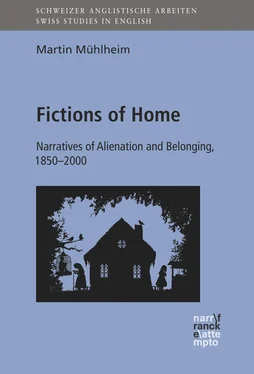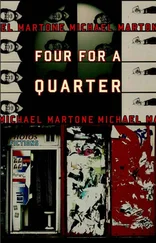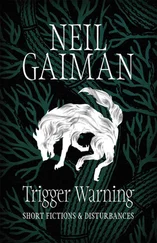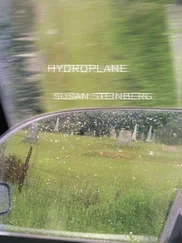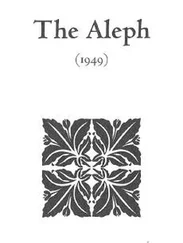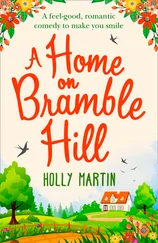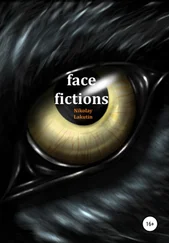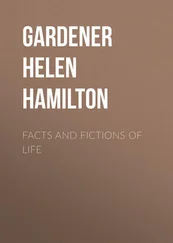Against the classic Aristotelian dogma, the narrator maintains that tragedytragedy is not confined to those whom one could call “lofty”; it may also afflict “insignificant people,” who suffer from everydayeveryday conflicts and “the dreariness of a home where the morning brings no promise.”125 The Mill on the Floss is thus best understood as an attempt not only to stage, but explicitly to conceptualize a novelistic version of domestic tragedy.126
In the course of this exploration of the genregenre of tragedy, the narrator takes particular issue with the idea of the tragic flaw ( hamartiahamartia or tragic flaw ), understood as a defect of character. Various critics have recently rejected the traditional understanding of hamartiahamartia or tragic flaw as an inherent flaw in the hero’s character. Jennifer Wallace, for instance, argues that the Aristotelian notion of hamartiahamartia or tragic flaw is “less about a character defect than about an error in judgmentjudgment which led to a wrong decision or a wrong course of action” (118–119). It is this very idea – that hamartiahamartia or tragic flaw refers to an error of judgment – which explains why John Drakakis and Naomi Conn Liebler maintain that hamartiahamartia or tragic flaw is related to the notion of dilemma , defined as “the positioning of protagonist, represented communitycommunity and audience alike between two choices of equal value both politically and morally” (9). If a character is faced with two choices of more or less equal value, then an “error in judgment” is of course far more likely to occur. Accordingly, Drakakis and Liebler insist that what may appear to be an innate character flaw in fact often has its roots, “not in the inner psychological life of the protagonist, but in the larger domain of culture” (8). Intriguingly, much the same stance is taken by the narrator in The Mill on the Floss :
[Y]ou have known Maggie a long while, and need to be told, not her characteristics, but her history, which is a thing hardly to be predicted even from the completest knowledgeknowledge of characteristics. For the tragedytragedy of our lives is not created entirely from within. “Character,” says NovalisNovalis, in one of his questionable aphorisms–“character is destiny.” But not the whole of our destiny. Hamlet, Prince of Denmark, was speculative and irresolute, and we have a great tragedy in consequence. But if his father had lived to a good old age, and his uncle had died an early death, we can conceive Hamlet’s having married Ophelia, and got through life with a reputation of sanity, notwithstanding many soliloquies, and some moody sarcasms toward the fair daughter of Polonius, to say nothing of the frankest incivility to his father-in-law.
Maggie’s destiny, then, is at present hidden, and we must wait for it to reveal itself like the course of an unmapped river; we only know that the river is full and rapid, and that for all rivers there is the same final home. (325; bk. 6, ch. 6)
For Eliot’s narrator, tragedytragedy is not usually the direct consequence of a protagonist’s inherent, tragic flaw, but the result of a fatal misfit between character and circumstances. If, that is to say, the classical BildungsromanBildungsroman assumes that we can recognize ourselves in, and identify with, the wider world as our natural home (i.e. as a place in harmonyharmony with our selves), then tragedy focuses on dissonance and the possibility of breakdown. We can therefore read the ending of The Mill on the Floss , which constitutes such a blatant break with the novel’s realistrealism mode, not only as a critique of the doctrine that tragedy arises “entirely from within,” but also as highlighting tragedy’s impulse towards a violent disruption of what is conceived as the ‘proper’ order.
A tragic novel, then – yet at the same time a novel ending in wish-fulfillmentwish-fulfillment? Can a narrative really be called a tragedytragedy if the outcome fulfills the protagonist’s deepest, death-driven, incestuousincest desires? Perhaps we must not only accept that it can, but even posit that such knowledgeknowledge in fact deepens the tragic experience because it highlights the overwhelming pressures on the protagonist’s selfself. In the course of Eliot’s novel, we have come to see that Maggie may well be overly impulsive – but she is also intelligent, sensitive, and generous. Surely it deepens rather than dilutes the tragedy that such a person should find herself in a situation where her only remaining wishes are to be reunited with, and at the same time to take revengerevenge against, her own brother, who has so often treated her with the harshest contempt. Maggie is “so young, so healthy” (415; bk. 7, ch. 5), yet by the end of the novel this only means to her that death is still a long time to come: she is doomed to live, and thus to experience further pain. So yes, Maggie’s death in the flood at the end of the novel, locked in an erotically charged embrace with her brother, is a fantasyfantasy scenario that allows her to fulfill her conflicting desires. But it is deeply tragic that things should have come to such a pass: that this is indeed the only thing left for Maggie to desiredesire. In The Mill on the Floss , Maggie’s desire for “homecoming and reconciliation” can only be fulfilled by death and destruction (FisherFisher, Philip 522) because her society provides “no home, no help for the erring” (417; bk. 7, ch. 5). Nicholas Howe is therefore right when he suggests that thinking about home and homelessnesshomelessness has everything to do with how one defines “a just and decent society” (11). The tragic wish-fulfilment of Eliot’s novel surely constitutes a plea for social changechange, even if it does not – is perhaps unable to – envision the precise nature of this changechange.
Capitalism and the Specter of Nomadic Existence
Indeed, despite a commitment to social reform, Eliot’s novel seems afraid of any real historical changechange. More precisely, The Mill on the Floss is pervaded by a fear of the epochal changechanges that, in the course of the nineteenth century, were transforming the nature of family and home:
By 1860, when George Eliot’s novel first appeared, industrializationindustrialization had transformed the nation [… T]he construction of railroads and other kinds of infrastructure had caused the razing of entire neighborhoods and a concentration of population in a small number of districts. The contrast between overcrowded, unhealthy urban centers and the open country, which represented the ideal of EnglandEngland, fostered sentimental longings for older, traditional ways of life. The competitive spirit fostered by the industrial system was viewed as infiltrating private lives, corrupting common feelings by aspirations to advance one’s own status, even at the risk of abandoning domestic responsibilitiesresponsibility. […] In a work force that was moving from villages to cities, following employment opportunities as they developed, kinship ties had become tenuous, even to the point of giving way to more advantageous commercial connections. (Kilroy 119)
By the mid-VictorianVictorian period, which “marks the beginning of the greatest migrationmigration of peoples in history” (HobsbawmHobsbawm, Eric, Age of Capital 193; see also ManningManning, Patrick 149), the ties to the place where one had grown up – the childhoodchildhood home so central to The Mill on the Floss – had lost much of their former meaning. There may therefore be something escapist about the fact that the novel is set in the early decades of the nineteenth century, when the notion of immovable roots perhaps seemed less problematic than it did in 1860, when Eliot’s novel was published.127 Moreover, Deirdre David points out that Maggie possesses qualities that align her with the “pre-industrial era” (603), and this lends symbolicalsymbolical significance to the fact that she and her brother Tom are killed by a piece of “machinery” carried towards them by the novel’s apocalyptic flood (421; see also FisherFisher, Philip 521, Kreisel 99–100). Just when it seems that the old values of kinship and belonging have been reaffirmed, just when brother and sister are finally reunited, a machine – that most widely recognized symbolsymbol of the industrial age – kills off the two characters who, in their different and conflicting ways, refused to relinquish the ancestral home.
Читать дальше
